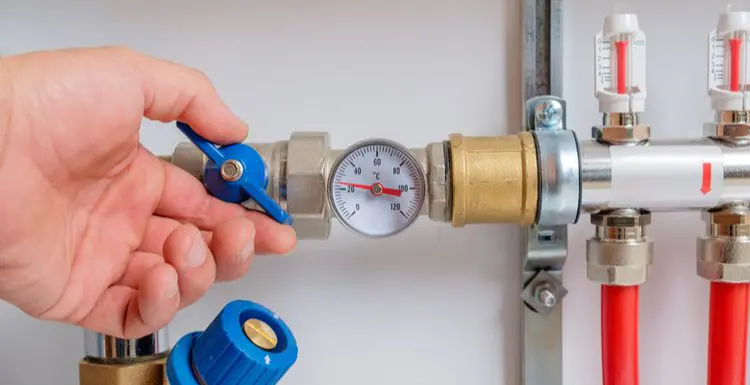Water regulator problems are no joke. But how do you find the cause of these issues? More importantly, fix them.
We’ll answer these questions and give you some things to consider in our complete guide below.
Have you had water pressure regulator problems?
Don’t panic. First, review your water pump and check the pipes and gaskets of the water regulator itself. If all else fails, replacing the water regulator will solve many issues.
We’ll show you the main causes of problems and things to consider below.
We partnered with Networx to help you find local plumbers in your area. Click to below to get a FREE quote.
7 Water Pressure Regulator Problems
When you’re having issues with your water regulator, there are several ways that the equipment could be acting up.
To make sure that your water regulator is the issue, follow the steps below to diagnose the problem.
1. Look for the Signs of Failure
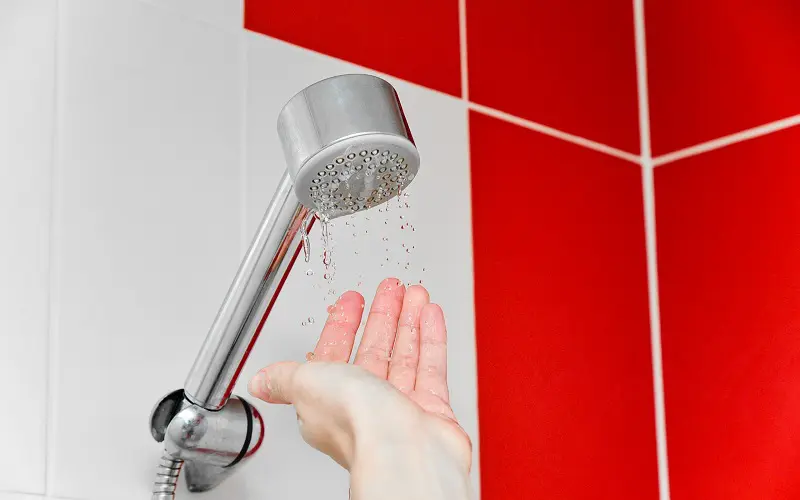
Kryuchka Yaroslav/Shutterstock
Before you touch the water regulator, you’ll want to diagnose the issue as best you can. Not all plumbing issues are related to the regulator.
First, go to the faucet farthest away from the water regulator and turn on the tap.
If the water pressure appears to be too high or too low, then you might be having an issue with your regulator. Some other symptoms of a faulty water regulator could be:
- High or low water pressure (>80 PSI or <40 PSI)
- High or low water flow from the faucet
- Vibrating or banging pipes
- Leaky valves on the sink or toilet
- Leaky faucets even though the water is off
Make sure you inspect all the other components of the faucet or toilet first. Seals are a more common failure point than regulators for most plumbing systems.
2. Check for Short Cycling
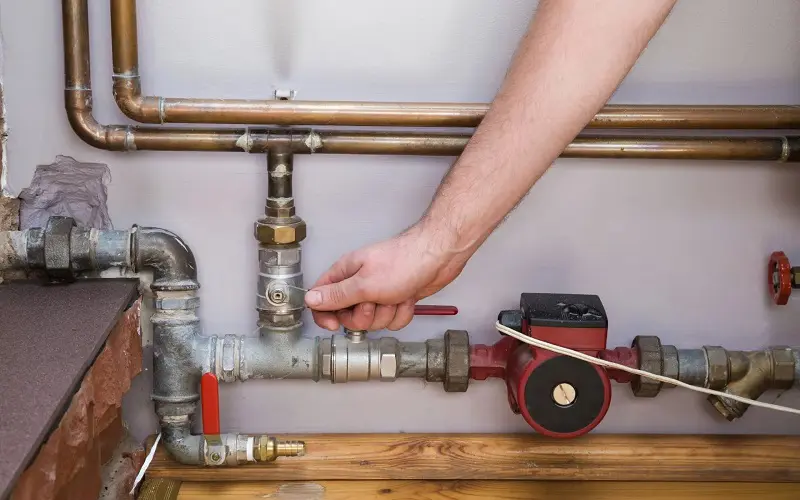
FotoDuets/Shutterstock
Short cycling is a term used when a pump is turning on and off too often. When this happens, it’s a sign that the switch for that pump is being blocked or shorted. This blockage causes the pump to cycle too quickly, meaning the pump cycles are too short.
For water pumps, short cycling happens when air is lost by the pump, causing the cycle to become scarce. Usually, this happens in older pumps or pumps that corrode over time. These shortfalls can also occur when sediment builds up over time.
This troubleshooting step should be part of your checkup of the plumbing system before toying with the water regulator.
If you’re having issues with your pump, it’s best to call in a plumbing professional to have them look at the situation, since water pumps tend to be very technical and dangerous if poorly handled.
3. Check For Water Pump Failure
If the pump isn’t short-circuiting, it can still be causing issues. The problems that cause a pump to short-circuit can grow to the point where the pump is completely lost.
In other words, a poorly maintained or old pump can wear out to the point where the pump shuts off totally, rather than going through short cycles.
Again, the main culprits of this issue are a loss of air or a sediment buildup in the pump. Either of these problems can cause the pump to be unable to turn back on.
Or, the problems can cause more water to push through the pump than it should, damaging the pump over time.
The water pump is critical for getting pressure through the pipes and water through the house, which is why it’s a big step in checking out the system.
If a pump has completely failed, then it’s time to call in an expert and have them assess the damage. A pro in your area will be able to tell if someone can fix the pump by replacing a part or if they will need to replace the entire pump.
4. Seal Any Leaks or Dripping
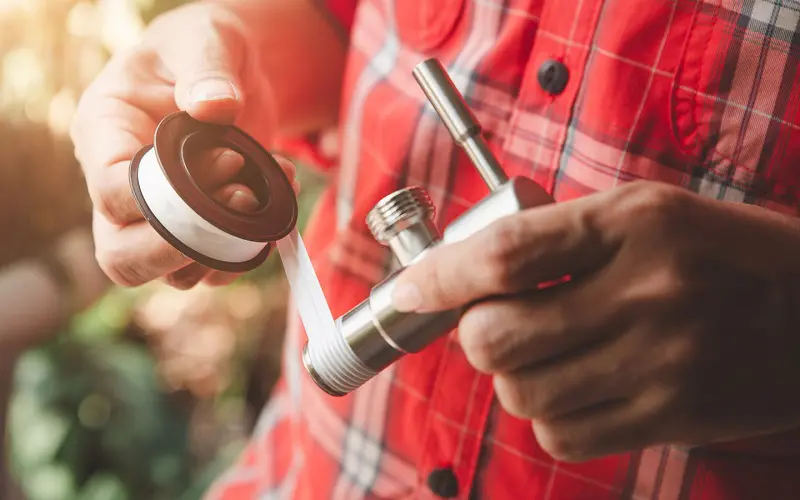
MT.PHOTOSTOCK/Shutterstock
More often than not, a plumbing issue comes down to a seal being broken or worn out. Mechanical failures do happen, but seals wearing out over time are more likely to be the cause of the issue.
Before tearing up the water regulator, you should ensure that all the seals for your faucets, toilets, and sinks aren’t the problem.
Check for any pools of water near or around the different seals in your sinks and toilets. There shouldn’t be any moisture gathering in or underneath these areas if they are adequately sealed.
You also shouldn’t see any water on the pipes or seal itself when looking from the outside. Replacing or patching a seal can make a big difference in fixing your issue.
Pressure is what matters most in your plumbing system, so a leak that causes a drop in water pressure can be the difference between a weak faucet and a normal one.
5. Replace the Gaskets
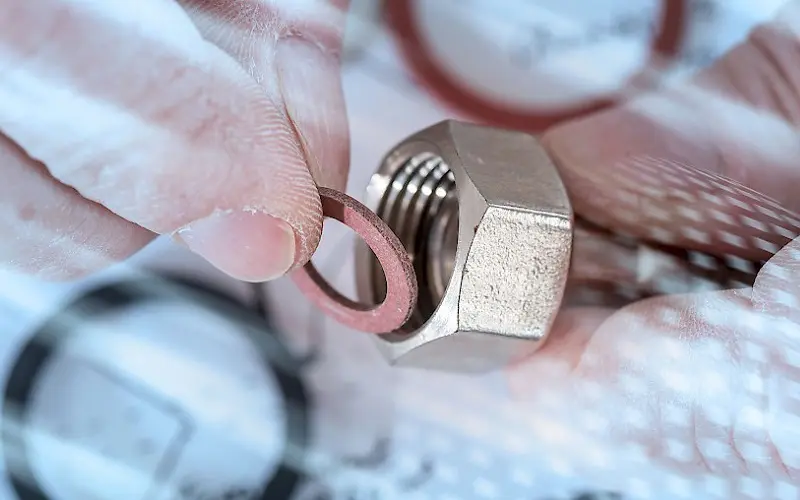
thodonal88/Shutterstock
Once you’ve tried all the other options listed above, it’s safe to say that the water regulator is the problem. However, that doesn’t mean that the water regulator itself is the source of trouble. Instead, you could have a leaky or worn-out gasket attached to the regulator.
Gaskets are the rubber rings and other shaped rubber parts in the pipes that create an airtight seal on the regulator. As a result of this regular use of the water pressure put on these gaskets, they can wear out over time.
By replacing these gaskets, you can save yourself the headache of replacing the entire water regulator, which is more time-consuming and costly. To replace the gaskets, open up the regulator and look for any cuts, tears, or notches in your rubber gaskets.
Taking out the damaged gaskets and replacing them with new ones should fix the issue. Make sure that the size of the new gaskets matches the old ones. Otherwise, you might not get the correct seal on your regulator.
6. Clean Out the Water Regulator
Water regulators can clog, just like any other part of your plumbing system. We’ve discussed how the system can jam up, but the same failures can happen to your water regulator. Usually, the culprit of a clogged regulator is a mineral buildup.
Most of the water that runs through your pipes has minerals in it. These minerals can find places where the water doesn’t flow well and deposit there. Over time, the mineral deposits grow and can block the flow of water moving through the regulator.
To remove these mineral deposits, you’ll need to remove the water regulator and place it in a bath that can remove them. Most of the minerals are calcium and lime, so something that can remove calcium is most effective.
Soak the regulator in this bath for a few hours, and then inspect the part. If you don’t see any deposits, you should be able to reattach the regulator and be all set.
7. Replace the Whole Water Regulator
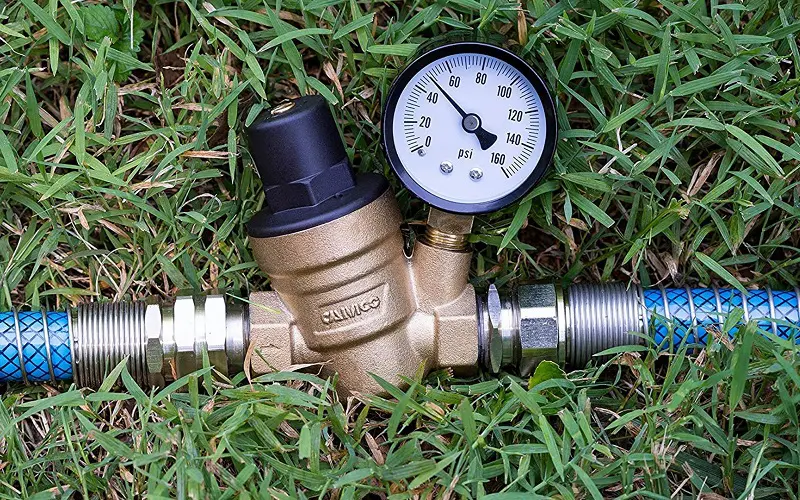
Image/five2go.com
Since the water regulator is a mechanical part, it can fail in ways unrelated to mineral deposits or gasket breakdowns. With enough time and wear, the mechanical parts that regulate the water pressure in your plumbing system can fail.
While a complete replacement is a last resort, it can be the step that solves your water pressure troubles. When replacing your water regulator, make sure that you purchase a replacement that your plumbing system can handle.
Matching your current regulator’s pipe size, water output, and pressure requirements to the new one is key to getting your plumbing back up and running. We recommend you seek professional help for this next step.
It is a technical step that requires a good amount of plumbing knowledge without causing any damage to your pipes or other water fixtures.
Things to Consider
When you’re fixing your water regulator, there are a few things to keep in mind:
- Turn off your water if needed: Whenever you need to remove a part from the plumbing, ensure the water going to that pipe is off to prevent spills.
- Don’t over-tighten screws: Once you have replaced a part in the plumbing system, don’t tighten the screw past hand-tight. That way, you won’t strip screws or break any bolts.
- Tape up pipe joints: Plumber’s tape on screw threads is excellent for creating seals, which helps prevent pressure issues after replacing the pressure regulator.
Frequently Asked Questions
Repairing a water regulator can be a difficult task, so it’s best to ask a few basic questions before diagnosing the cause of your problem.
Here are some of the most commonly asked questions:
Can You Repair a Water Pressure Regulator?
Yes, a water regulator is repairable! Most regulator issues result from a leak or a worn gasket inside of the water regulator. You can help the water regulator maintain the water pressure needed to move water through your home by sealing the leak. Meanwhile, replacing worn gaskets will help fix the pressure issue from the inside.
If all else fails, a water regulator is replaceable. Just make sure that you match all the specs and sizes of the old regulator to the new one. Due to the job’s complexity, we suggest leaving this to a pro.
How Do I Know if My Water Pressure Regulator Is Bad?
There are many signs that indicate that your water regulator is starting to fail. High pressure can mean that the regulator isn’t cutting the water as it should. Likewise, low water pressure could come from the regulator not allowing enough water through the valve and indicate a mineral buildup.
Knocking or vibrating pipes could also mean that the pressure varies inside the plumbing system, which shouldn’t happen with an average water regulator.
What Causes Water Pressure Regulators to Fail?
Water pressure regulators tend to fail when their gaskets start to wear out or when mineral deposits build up inside the regulator. Most of the internal workings of the regulator are sturdy and will last a long time, but the rubber gaskets can fail much sooner than the rest of the internal components.
Repairing the gaskets and removing mineral deposits is much easier than replacing the regulator, though. It won’t take much work for a professional to fix these issues for the average home.
How Do You Fix a Stuck Water Pressure Regulator?
If a water regulator is stuck, the internal parts are most likely jammed with mineral deposits. These deposits form from natural calcium lime minerals in the water that your pipes carry. Over time, these minerals find nooks and crannies in which to build up, including a regulator’s internal parts.
To unstick your regulator, soaking it in a calcium lime remover for a few hours will dissolve the deposits without damaging the regulator. The water regulator can then be reinstalled and set back to its normal function.
How Do You Adjust a Water Pressure Regulator?
Adjusting a water regulator will come down to adjusting the up and downstream lock nuts on the regulator. These locknuts control a gauge that will allow so much through them. Opening the locknut will increase the flow and decrease the pressure while tightening it will do the opposite.
The water pressure in your regulator should be somewhere between 40 and 80 PSI, depending on your pipes and the size of your home.
When to Call a Pro
For many people, replacing a water regulator is a big task. The stress of messing with a critical home feature can be a turn-off for those without any training on how plumbing systems work.
Calling a professional is always a good option, especially for water regulator issues. A licensed professional will be able to accurately assess the problem and get the parts to fix it.
They also bring the knowledge to resolve these issues in the most efficient way possible.
We partnered with Networx to help you find local plumbers in your area. Click to below to get a FREE quote.
How Do You Fix Water Regulator Problems?
To fix a water regulator issue, you should first ensure that there are no leaks in the pipes and that the water pump is in good condition.
From there, check the gaskets and seals for damage or mineral deposits that could be gumming up your regulator.
If all else fails, a professional can replace the faulty water regulator with a new one.

